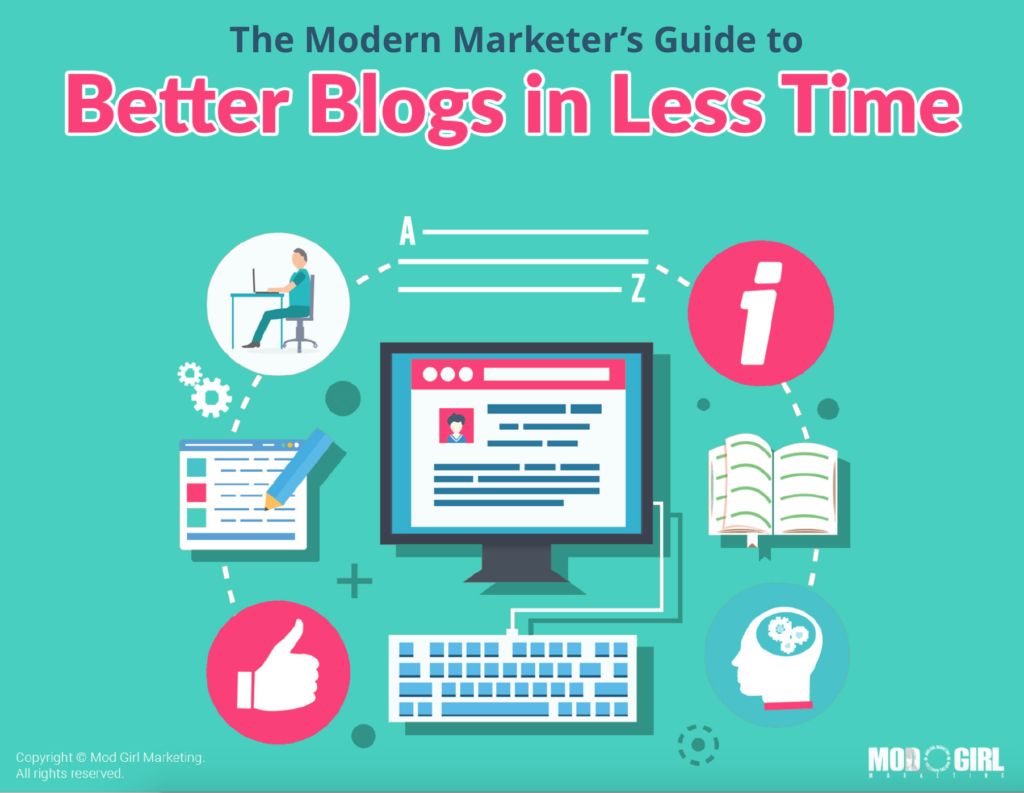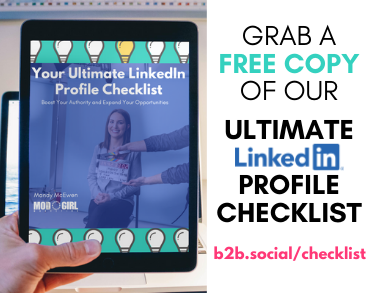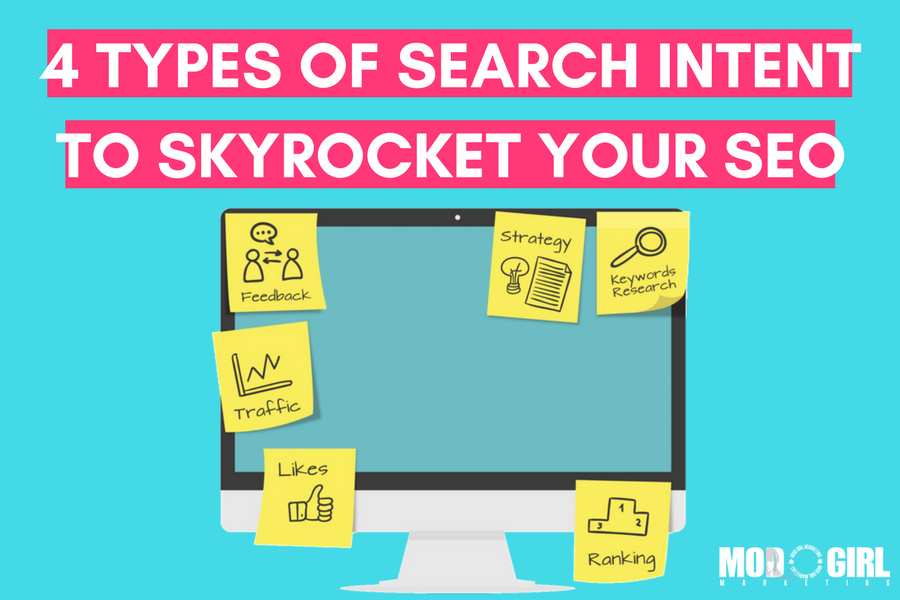
SEO marketing and content go hand-in-hand when it comes to building a successful content marketing strategy.
What is SEO marketing?
Put plainly, it is any marketing you do in order to increase your search engine rankings and drive traffic to your site. But it requires a fine balance of writing for machines and writing for your prospective clients.
On one hand, you have to create a technical structure for your content that satisfies search engine standards for ranking. On the other hand, content must be readable for your intended audience. If you want actual conversions, you have to consider your target marketing strategy, and write for your readers — your human readers.
SEO marketing has to take all of these things into consideration, but there’s another important element that many marketers fail to plan for properly — the marketing sales funnel. You should be creating content for each stage of the sales funnel, otherwise you may be missing opportunities for long-term conversions.
Download my 13 Point On-Page SEO Checklist.
One way to look at the various states of the sales funnel is through search intent.
Search intent is one of the four vectors of Google’s semantic searches, along with context, meaning and relevance. It looks at why someone typed a specific keyword: did they want to know the answer to something? Compare options? Find a location?
By analyzing the particular way users search, and the terms they use to conduct a search, it’s possible for marketers to infer at what stage of the buyer’s journey a particular person is currently at – and that can help you create better content and eventually lead to conversions.
Many SEOs identify 3 types of keyword intent that impact search marketing – Navigational, Informational, and Transactional. Others claim that there are really 4 types, adding Investigational to the normal list, based on findings shared on Think With Google:

Using Search Intent In Your Editorial Calendar
So how does a marketer create content for each of the four types of search intent?
It requires thorough planning and research. An editorial calendar (or content calendar) makes it easy to plan topics and collaborate with others who help you with your content, from a freelance writer to a graphic designer.
There are many free content calendar templates available, and it doesn’t take long to fill one out. But if you want to create a great content calendar, you need to take the time to understand your buyer persona at every stage of the marketing funnel. Creating a great content calendar comes from knowing your customers, sales funnel, and SEO strategy.

You should add a column to your editorial calendar (if it doesn’t already have one) for search intent, checking it often to make sure you’re consistently creating content for each type. By making this a key part of your SEO marketing strategy, you can appeal to prospects at every stage of the sales funnel and turn them into customers when they are ready.
4 Types of Keyword Intent to use in your SEO Marketing Strategy
Before you can begin to edit your editorial calendar, you need to understand the differences between the 4 types of search intent. Each requires a different type of content and a different CTA, so understanding what the reader is looking for at each stage is vital.
Informational Intent
At the top of the sales funnel, users perform informational intent keywords to find answers to their question. These types of searches are commonly referred to as “Know” searches.
For example, people may search for:
- – What to include in an editorial calendar
- – Sprout Social tutorial
- – How to increase lead generation
These types of keywords rarely lead to an immediate sale, but offer you a way to begin a relationship with potential clients. At this stage in the sales funnel, you’re basically trying to position yourself as an authority or trustworthy source to those seeking relevant information.
Your CTA should focus on providing them with more valuable information, while adding them to your email list so you can stay in touch for when the time is right to make a purchase decision. Try offering them a free ebook or checklist through an opt-in form at the bottom of your blog post.
When optimizing for informational search, create high-quality SEO content that answers questions and provides tips. Doing so will have the dual-benefit of also helping you to land the featured snippet for your given keywords (position zero on the search engine results page). You can also create other content elements, such as how-to videos, step-by-step guides, tutorials, and infographics.
Investigational Intent
When customers perform investigational searches, they may be trying to compare products or prices, or are otherwise trying to deepen their understanding of a certain topic. They know a little bit about the topic at hand, but need more information before they’ll be ready to think about a purchase.
Though investigational intent is not always included in the top 3 kinds of search queries, companies should consider optimizing for this type of search intent. Searches using these keywords give you the opportunity to prove that you are a better fit for your target market than your competitors and help you stand out in a crowded market.
General keyword signals for investigational searches include terms like:
- – For women
- – For men
- – Compare
- – Compare with
- – Best
- – Alternative
- – Review
For example, a potential client may complete an informational intent search first, such as “what are digital marketing tools?” Once they know more about it, they then turn to investigational intent keywords, such as “what is the best digital marketing tool.”
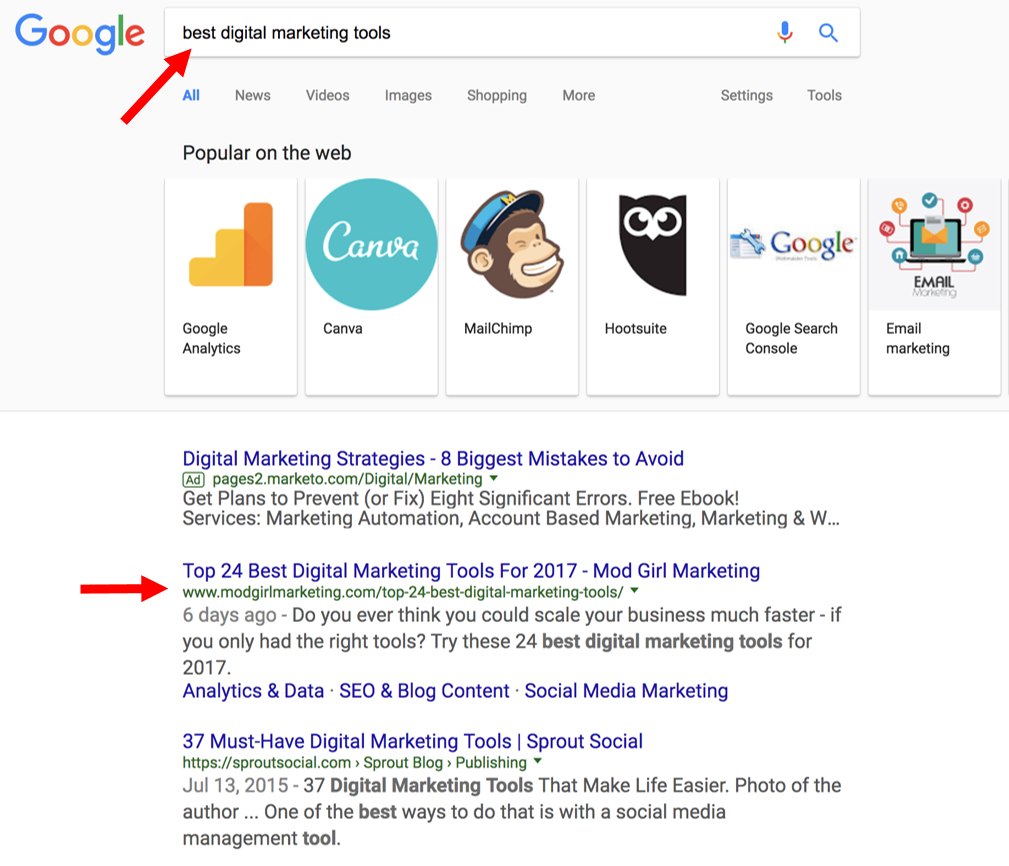
At this point, the prospect is in the middle of the funnel. You have the opportunity to explain why your services or products are the right fit for them, using keywords that take into consideration your buyer personas. In-depth guides and webinars are a great place to start.
Transactional Intent
Transactional intent includes search terms most likely to lead to a direct sale. General keyword signals for transactional searches include terms like:
- – Price
- – Buy
- – Shipping
- – For sale
- – Where to buy
- – Coupon
- – Discount
- – Sale
- – Review
Most sales and marketing teams go straight for the wallet when it comes to optimizing for keyword intent, but you don’t want to forget the previous search intent keywords. If you only focus on transactional intent, you may appear in a customer’s search results, but they won’t know or trust you. Even though they’re in the bottom of the funnel, they may choose to purchase from a competitor instead.
In conjunction with your informational content, transactional intent keywords are great to use in optimized product pages, local SEO optimized content (backed by PPC strategies), case studies, trial offers, and product demonstrations.
Navigational Intent
Navigational intent refers to when a user makes a search trying to reach a company website. This is also known as “go” in Google’s Search Quality Rater guidelines.
Navigational keywords can fit almost any part of the marketing funnel: the beginning, the middle, or the bottom. Using navigational keywords means that the searcher is likely familiar with the brand or company. At this stage, the searcher is only seeking to reach this particular company.
As of March 2017, “Facebook” and “Youtube” were the two most popular search terms in Google. The rest of the top 10 most searched terms are also all navigational queries.
This is often because people search for company names in address bars, rather than typing out entire URLs. If you were to open a new tab with the intent of visiting our site, for example, you would likely type in “Mod Girl Marketing,” not www.modgirlmarketing.com.
Make sure you own your brand’s navigational queries and optimize for branded keywords, especially if you have a common or easily-confused brand name. Ideally, your brand should appear at the top of all search results for your navigational intent keywords.
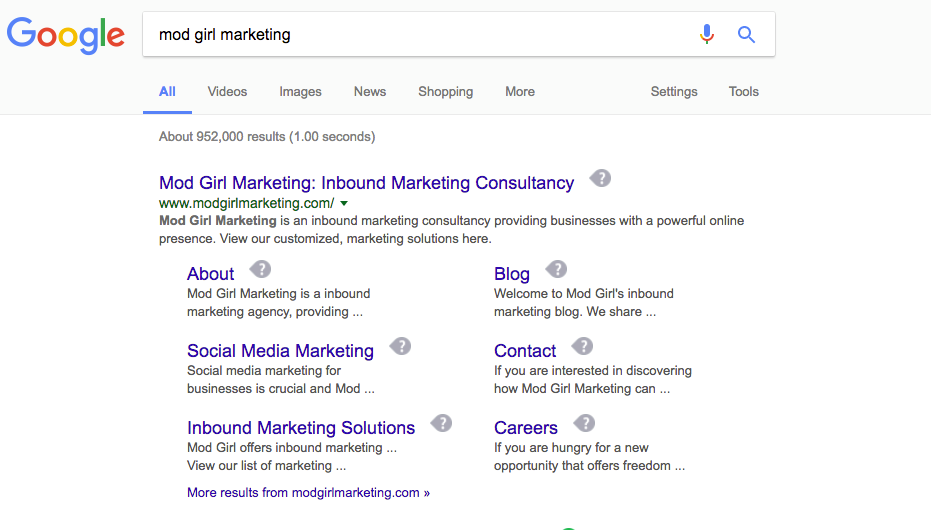
SEO Marketing Strategy: Factoring Search Intent Into Your Editorial Calendar
Editorial calendars are a good way to plan content, but the best calendars take SEO and keyword intent into consideration.
When choosing keywords to focus on in your content calendar, make sure you’re selecting some for every stage of the marketing funnel. Your calendar should involve content optimized equally for informational, investigational, transactional, and navigational intent to ensure that you’re reaching customers at every stage of the funnel.
[clickToTweet tweet=”Creating a great #contentcalendar comes from knowing your customers, sales funnel & #SEO strategy” quote=”Creating a great content calendar comes from knowing your customers, sales funnel, and SEO strategy.” theme=”style3″]
As a best practice, combine keyword research with underlying search intent to create content for every stage of the sales funnel, focusing on each one without taking away from another. Though not every stage will lead to a sale, it is the balance of all 4 that ultimately leads to conversions.
Need Help Implementing Your Target Marketing Strategy?
It can be difficult and time consuming to create consistent, high-quality blogs that consider search engines, your reader, and search intent.
Learn my secrets to writing SEO-focused blogs – and fast. Download the Modern Marketer’s Guide to Better Blogs now.

